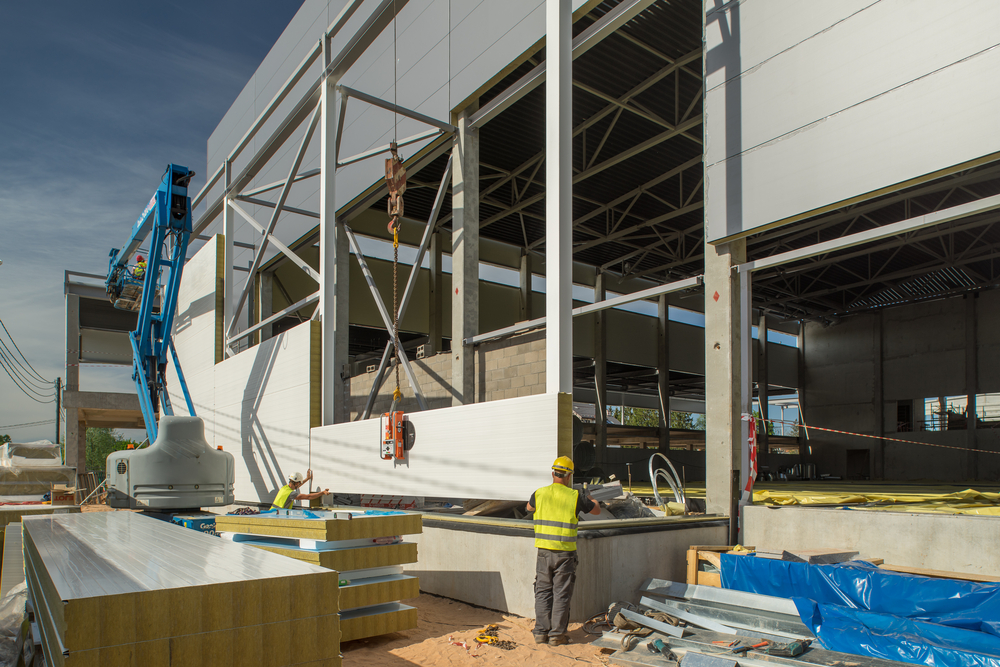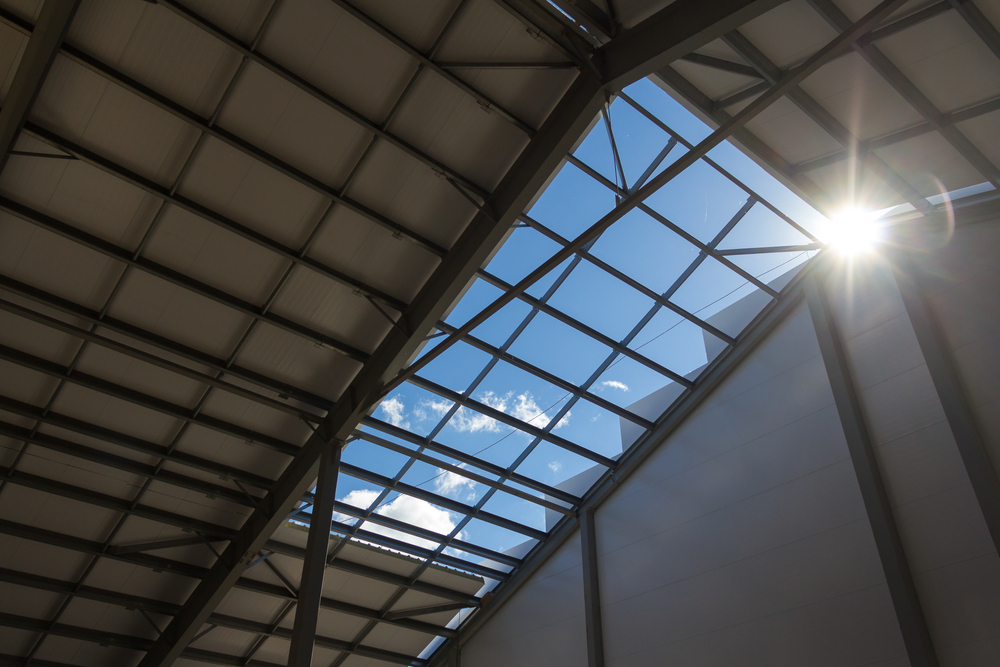
Insulating a building keeps its durability and comfortability. And you have several options to choose from when it comes to insulation. Which among the types do you think is best for a metal building?
The reasons to insulate a metal building
A metal structure has various good features of a shelter or storage facility. And what keeps its quality and longevity as a protector is an insulation. Insulating is a practical step to prevent mold, corrosion, and other decaying factors in a building.
Mold growth, in particular, occurs on wet surfaces due to condensation. These microbes not only corrode metals but are also harmful to building users. Mold can cause allergies and trigger symptoms in those with respiratory problems. It is when mold spores blend into the air circulating inside the building.
Another compelling reason to insulate a metal building is to keep a controlled atmosphere. Insulation prevents outside air from creeping in and, at the same time, keeps the interior air from coming out. This factor points to maintaining a good level of energy usage, which in effect, also lowers utility bills. Having a controlled interior atmosphere also provides comfort to the building users. Additionally, insulation is a way to soundproof the space from outside noise.
The best insulation for a metal building?

Before choosing insulation, one must know the standard R-Value in a place. R-Value is the thermal resistance quality of insulation which should counter the humidity factor or climate where a metal building stands.
Every insulation has R-Value, which can be below, good enough, or even exceed the standard. It relies on the thickness of the material used. Moreover, depending on a metal building’s situation, some types are more practical than others.
Blanket-type may be best if you are looking for an inexpensive insulation type. Blanket insulation can be processed fiber or rock wool. Note that in fiberglass, the key to the highest value is the thickness of the blanket. Additionally, some offer radiant backing service along with this insulation type.
Loose-fill – Unlike blanket type, the loose-fill can be pretty expensive. But it’s the kind that can reach even the usually elusive edges and corners. The process here is blowing through cavities and walls, while the materials can be mineral wool, cellulose, and fiberglass.
Spray foam is not only a usual alternative to loose fill. It is a remarkable one because it is fit for metal buildings in cold places. Spray foam can be an open or closed cell and requires an installer to condition the metal panel.
Rigid board-type, approximately, has an R-Value between 4.0 and 8.0 per inch, but it is expensive. Not to mention, it has a complex installation process and should apply in the pre-construction process.
Air bubble insulation can be single or double bubbles. The single bubble has a ⅛ barrier with two foil layers that embrace air bubble sheets. It can reflect up to 98% radiant heat transfer. On the other hand, double bubbles consist of two sheets of air bubbles embraced by two metallic surfaces.
Fiberglass is the typical insulation material, providing several good qualities. It includes being affordable and easy to install. Fiberglass is also a highly recommended insulation type for metal buildings.
Aside from insulation type, it is essential to insulate a metal building properly. Otherwise, the insulation will not be effective and may cause problems. Professional help is practical, mainly if the building is big and complex.
